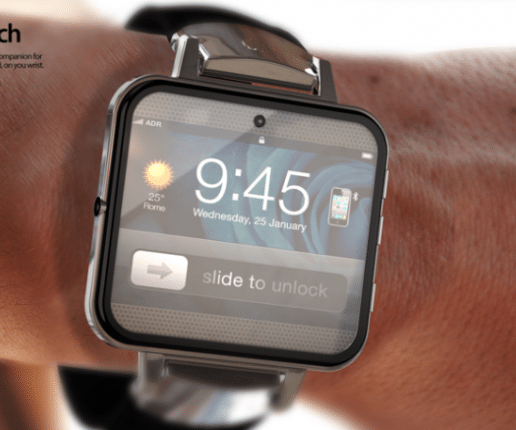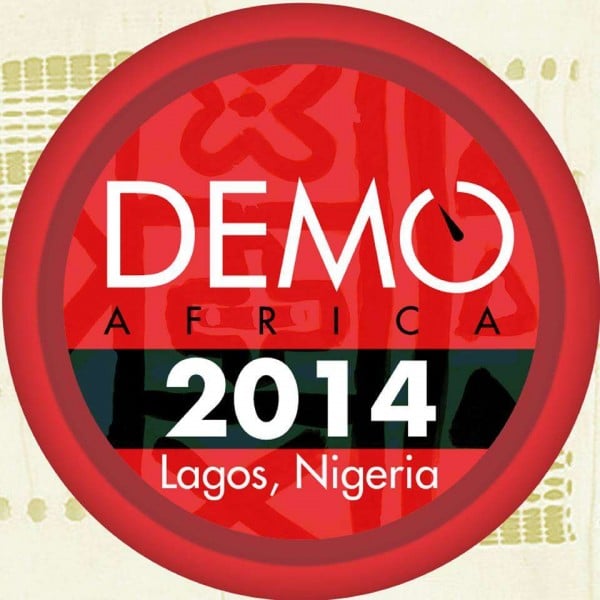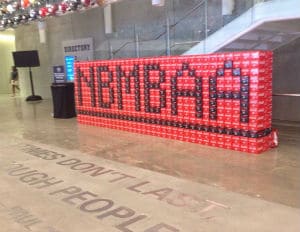Apple and Google are at the forefront of discussions about technology’s latest craze – smart watches.
While both competitors prepared to duke it out to produce the preferred go-to smart watch, it seems many tech experts are having a hard time finding substantial differences between the two products.
In other words, Google may have closed the technology gap that used to exist between Android-operated and iOS-operated devices.
Quite frankly, the gap may have already been closed for quite some time.
Digital Trends took a close look at Android Wear and Apple’s soon-to-be released Apple Watch, but their stats reveal that the competitors may have more in common than they would like to admit.
Both watches will come packed full of useful features.
Android Wear will provide users with useful voice commands powered by Google Now while the Apple Watch will provide voice commands through Siri.
Both products will feature multiscreen functionality and fitness and health monitoring, according to Digital Trends.
Android Wear devices boast Google Fit while the Apple Watch will likely utilize the Healthbook app for its product.
One thing Android Wear has already provided that may not be available on the Apple Watch is location specific information.
According to Digital Trends, “Android Wear takes note of your exact location to give you issue relevant notifications and contextual reminders.”
With Apple’s smart watch not scheduled to be released until early 2015, these specifics have not been released just yet.
Tech experts believe, however, that Apple will likely take notes from Google’s device and include similar features.
While the watches seem relatively similar for the most part, outside of design aspects, the Apple Watch does boast some useful features that Google’s device doesn’t.
The Apple Watch will feature a “Digital Crown” dial that will allow users to interact with the watch without having to block the screen with their finger.
Also, the Apple Watch is promised to feature a heart rate sensor while the Android Wear’s heart rate sensor will depend on the manufacturer.
Both watches will have different versions that will also be waterproof.
As for those design features, the watches look just as you would expect an Apple and Google product to look.
Keeping in line with the sleek designs its brand has become known for, Apple’s smart watch looks like something out of a new science fiction flick.
The white watch features a black screen with sleek rounded corners on the rectangular face.
Designs for Android Wear, on the other hand, will vary based on which device you decide to go with.
Android Wear will give users the option of getting a square face or a round face.
If you’re looking for a larger variety in designs, however, Apple may still have its competitor beat.
While no rumors of a round-faced Apple Watch have surfaced, the tech giant will feature several different designs that are likely to appeal to a fashionable tech-savvy crowd.
One model will boast 18-karat gold while the Apple Watch Sport focuses on functionality and comfort over design aesthetics.
When it comes down to it, both watches seem to promise a good experience for users.
Some Android Wear models are available for as low as $250 while the Apple Watch prices will start at $350.
Either way, it seems like this tech battle will be determined by what phone consumers already have.
Neither of the devices seems to promise enough to have an iPhone user rushing to buy an Android device or vice versa.











